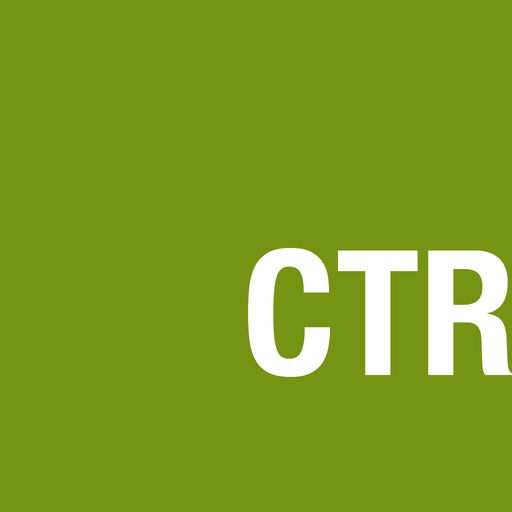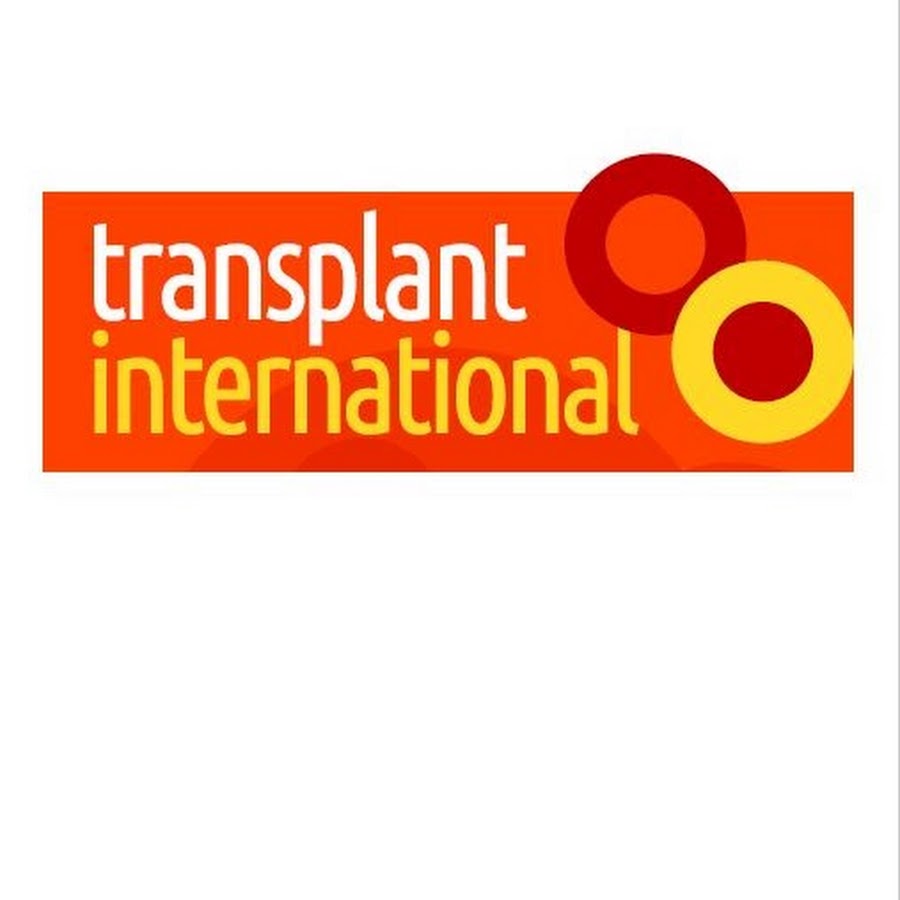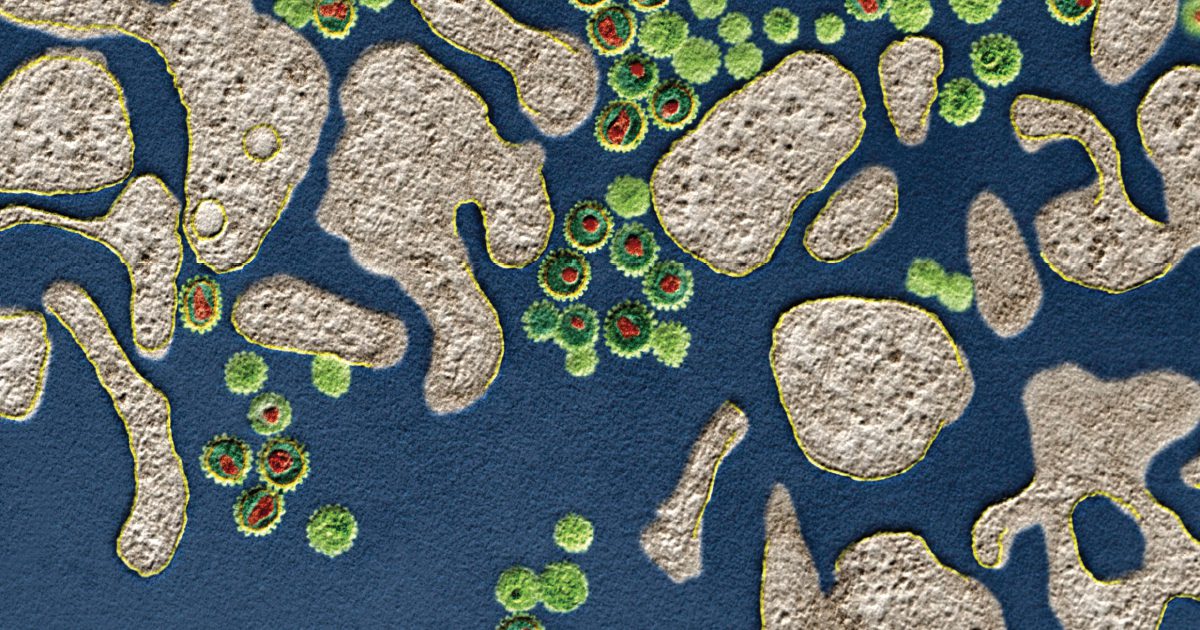Abstract
Background
Non-HLA antibodies against human endothelial progenitor cells (EPC) in pre-transplant recipient serum can have a deleterious influence on the graft. EPC enriched from peripheral blood have been commonly used for EPC cross-matching. In the present study, we describe cross-matches using EPC enriched from fresh or frozen-thawed spleen cell preparations, thereby widening the sample source for deceased-donor cross-matching and retrospective studies.
Methods
EPC cross-matches were performed retrospectively using spleen cells and the flow cytometric XM-ONE cross-match test kit.
Results
Healthy controls (n = 28) showed no IgG antibodies against EPC. When sera of 11 random dialysis patients were studied, 2 patients (18%) exhibited IgG EPC antibodies. When pre-transplant sera of 20 kidney graft recipients with good long-term graft outcome (serum creatinine 1.0 ± 0.2 mg/dL measured 2463 ± 324 days post-transplant) were investigated using frozen-thawed and then separated Tie-2-enriched spleen cells of the original transplant donor, 3 patients (15%) had pre-transplant IgG EPC antibodies. When pre-transplant sera of 5 patients with intra-operative graft loss were studied employing the original donor spleen cells, 4 (80%) patients showed IgG EPC antibodies.
Conclusions
Cross-matches with spleen cell-derived EPC using the XM-ONE assay are technically possible. Our very preliminary experience suggests clinical relevance.
© 2017 John Wiley & Sons A/S. Published by John Wiley & Sons Ltd.











